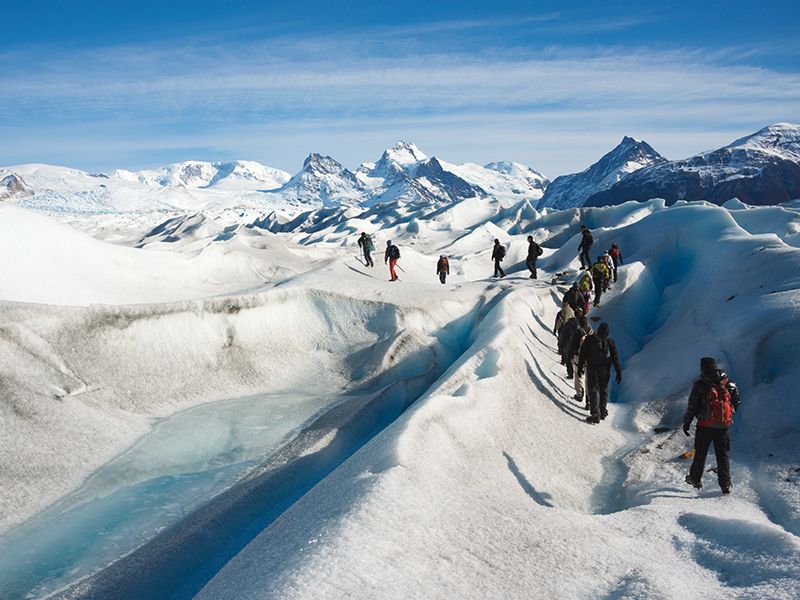RIO DE JANEIRO, BRAZIL – A total of 13.2 million people traveled in Argentina during the winter break that ends today in this country, a figure that is 10.5% below the movement recorded in the winter vacations of 2019.
According to a report released this Sunday by the Argentine Confederation of Medium Enterprises (CAME), although tourist activity is still below the levels before the covid-19 pandemic, the balance is good, considering that in 2020 there was no movement during the winter break due to health restrictions.
“The winter vacations left a satisfactory balance given the restrictions due to sanitary conditions”, the business organization pointed out.
The report speaks of “revenge tourism” since people needed to travel and take vacations after such a long time of restricted departures.

According to CAME data, 4.1 million tourists moved around the country during this break, 19% less than in 2019, while 9 million hikers opted for day trips and outings, 6% less than in 2019.
“The movement of excursionists was only 6% lower than 2019 because, in the face of economic hardship and pandemic care, many families chose to take one or two getaways, either on weekdays or weekends,” the report notes.
Between tourists and excursionists, a total expenditure of 43,604.6 million pesos (about US$428.5 million) was recorded, with an increase of 45.8% compared to 2019, which is below the accumulated inflation rate in the last two years (93%).
According to the report, 69% of tourists who traveled in July did so for leisure or recreation, while the rest visited family or friends.
“There were no appointments such as shows or sports competitions as other times, but it was compensated with nature tourism, outdoor sports, hot springs, or walks through historical heritages,” the report points out.
There was also less accommodation supply than usual, with hotels closed and limited capacity in each establishment. Still, unlike other winters, families avoided staying with friends, relatives, or close ties for health reasons.
Mar del Plata, Bariloche and Córdoba were the most visited cities, followed by Salta, Carlos Paz, San Martín de los Andes, Mendoza, Merlo, Rosario and Ushuaia.

